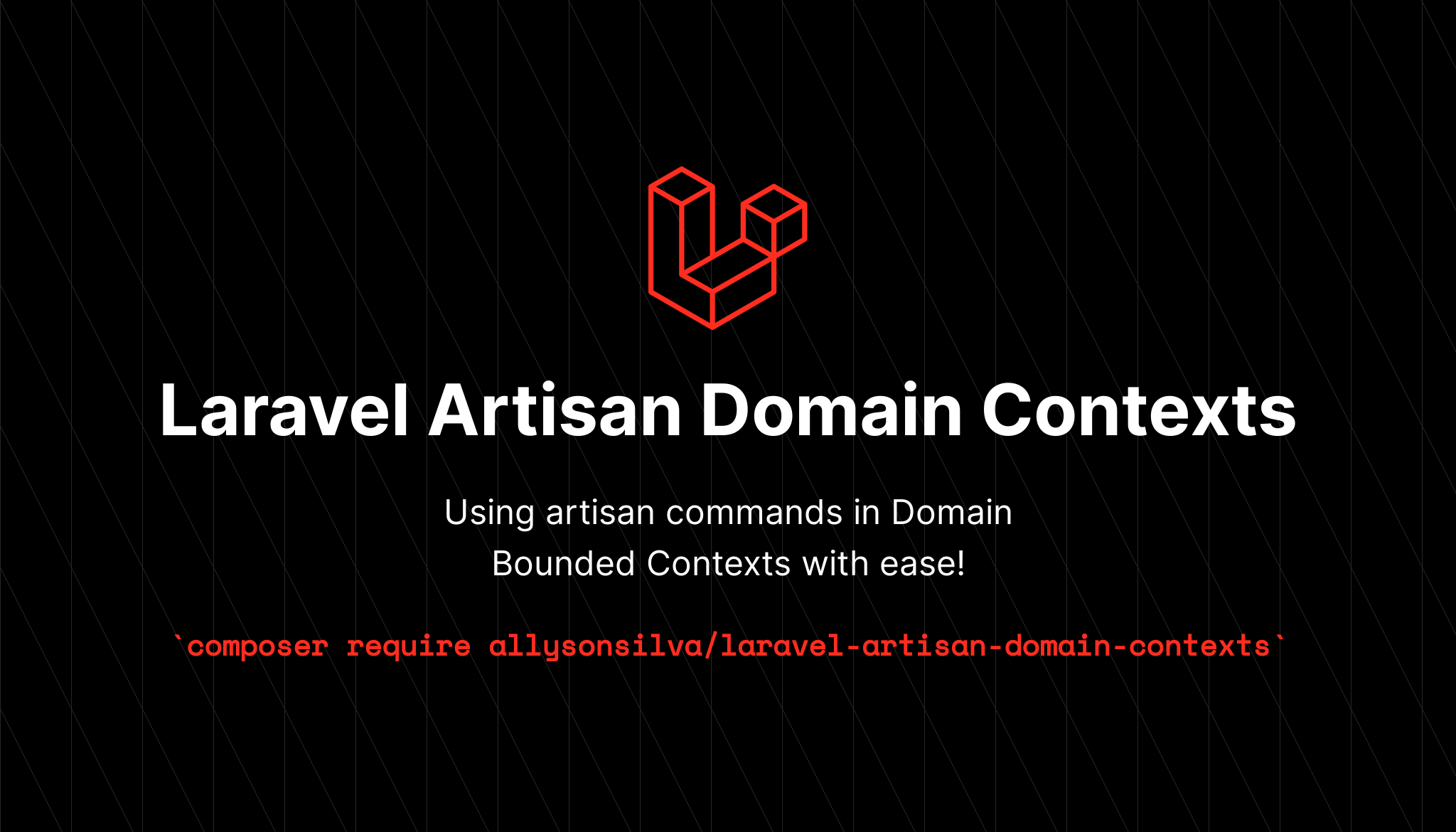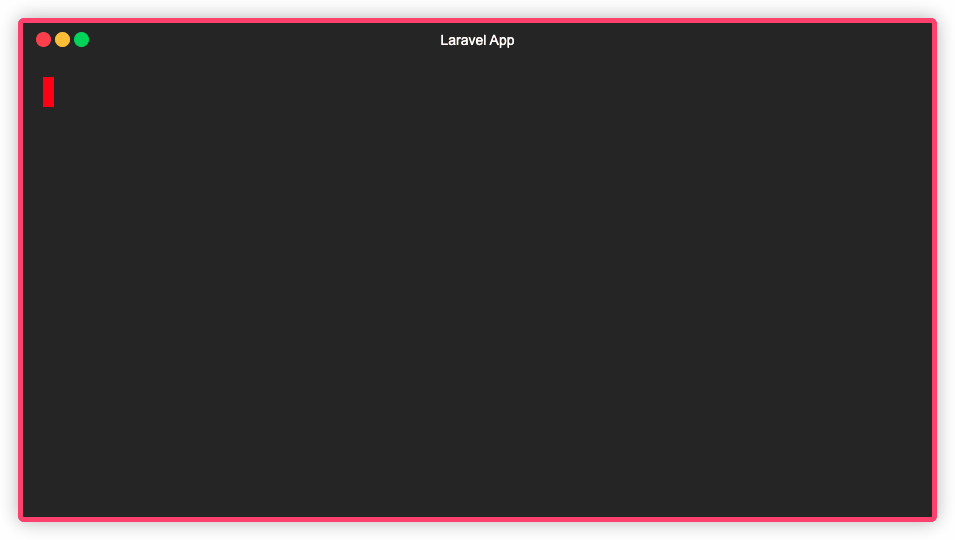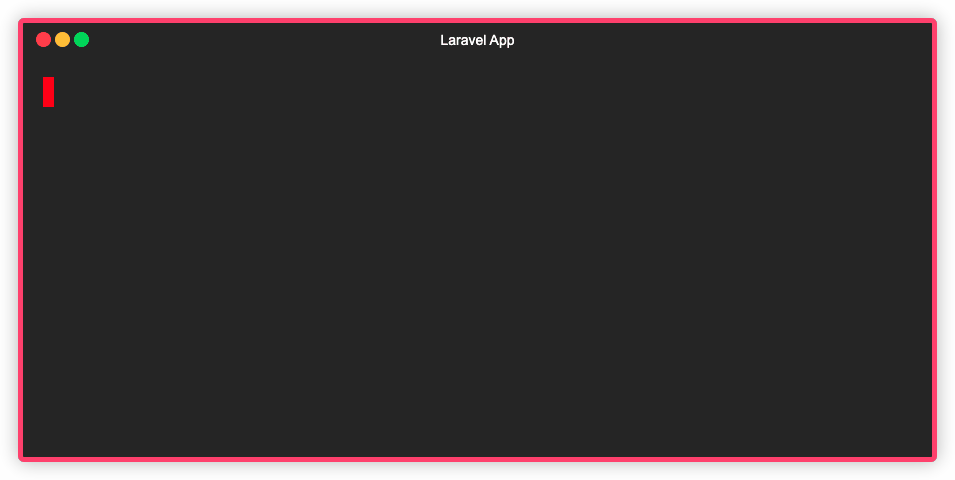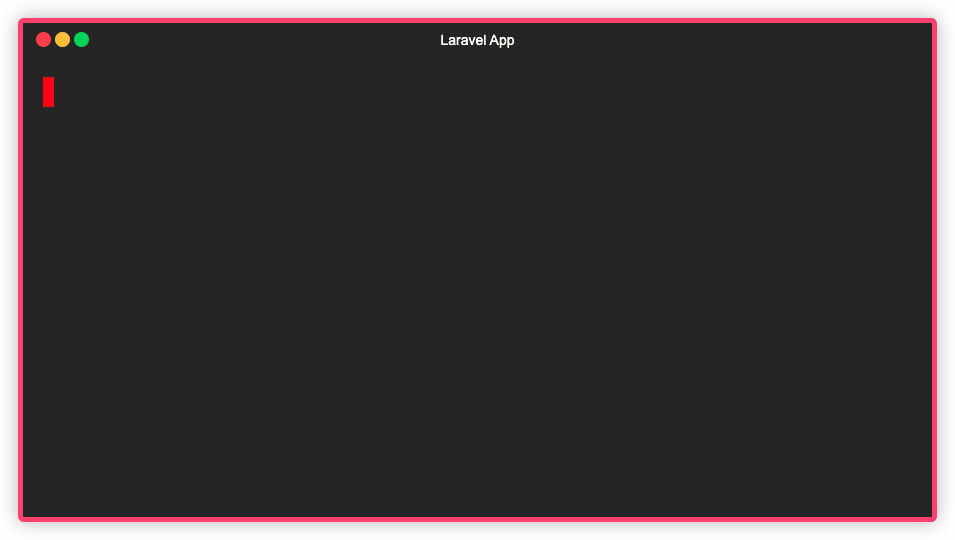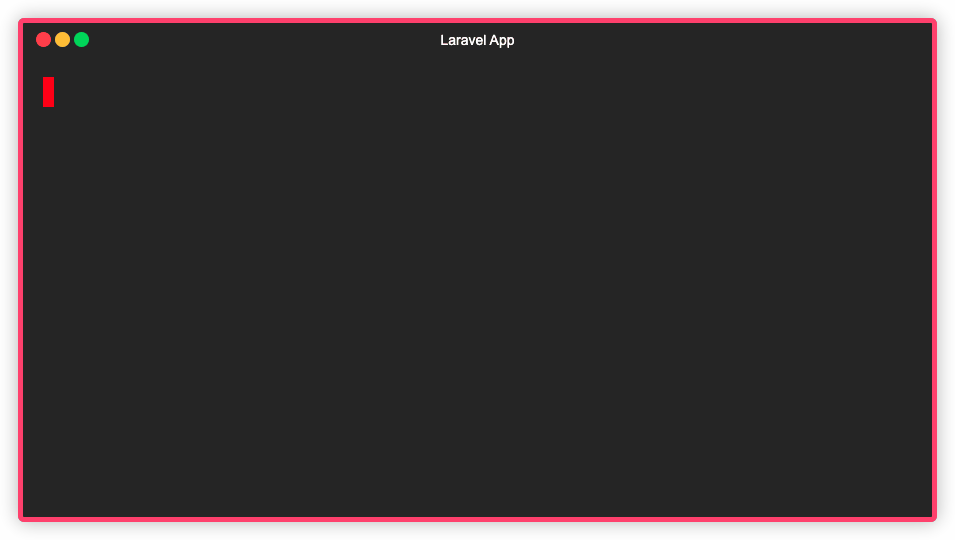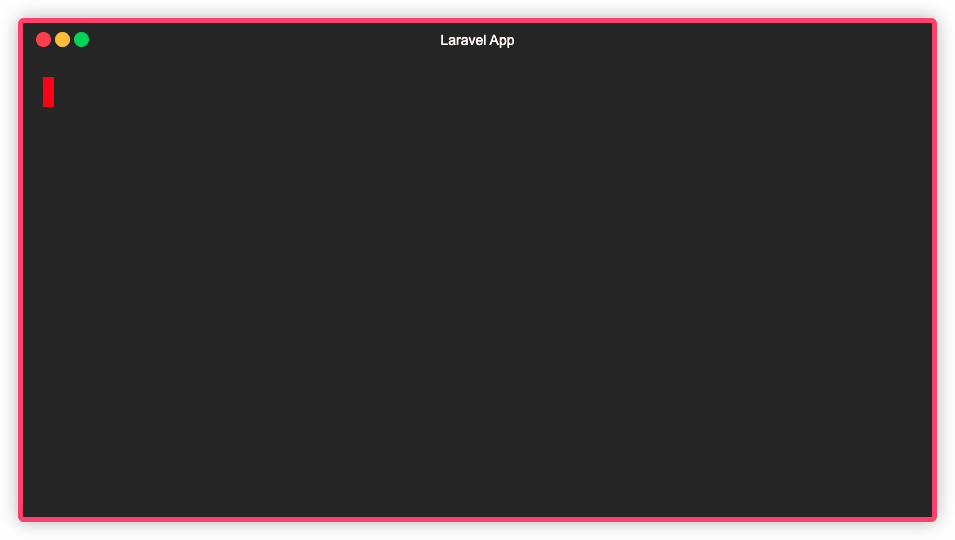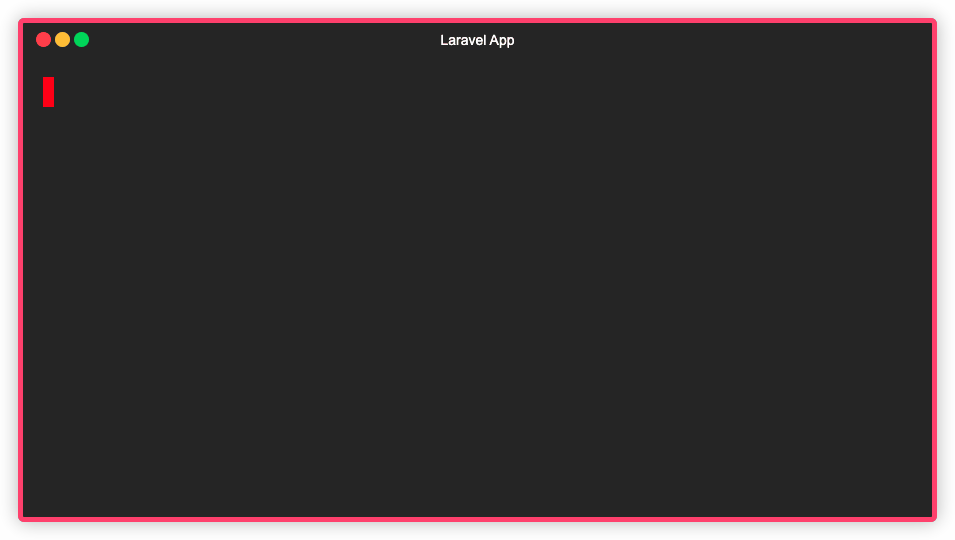allysonsilva / laravel-artisan-domain-contexts
A laravel package for using artisan commands in domain contexts
Installs: 137
Dependents: 0
Suggesters: 0
Security: 0
Stars: 30
Watchers: 3
Forks: 3
Open Issues: 0
pkg:composer/allysonsilva/laravel-artisan-domain-contexts
Requires
- php: >=8.0
- laravel/framework: ^9.32
- nikic/php-parser: ^4.13
Requires (Dev)
- ergebnis/phpstan-rules: ^1.0
- nunomaduro/larastan: ^2.0
- orchestra/testbench: ^7.0
- phpmd/phpmd: ^2.11
- phpstan/phpstan: ^1.0
- phpstan/phpstan-strict-rules: ^1.1
- phpunit/phpunit: ^9.0
- slevomat/coding-standard: ^7.0
- squizlabs/php_codesniffer: ^3.6
- symplify/phpstan-rules: 10.0.21
README
Table of Contents
- Overview
- 🚀 Installation
- 🔧 Configuration
- 📖 Usage
- 🧪 Testing
- 📝 Changelog
- 🤝 Contributing
- 🔒 Security
- 🏆 Credits
- License
Overview
This package provides the ability to use artisan commands in different domain contexts. It allows to work interactively in the migration commands and seeders, choosing which class should be executed.
Concepts
What is "Domain"?
- The term "Domain" has nothing to do with URL or host (www.example.com), but with the business, the specific sphere of activity or knowledge. In other words, the "Domain" is the company's business itself.
- "Domain" is the first (main 😏) word of DDD (Domain-Driven Design), which is the company's business.
See the article for a better understanding!
What is "Contexts"?
- If the "Domain" is the business of the company, the "Context" are the parts of that business, that is, the groups of related things, different parts of the business logic. For example, in an online store business, we could have the contexts of: Orders, Customers, Products and more. The "Domain" is the business of the online store, and the contexts are the parts of that same business.
See the article for better understanding!
Questions
Should I use this package in the default Laravel framework?
No, because the files handled by artisan are already in their default folders.
When should I use this package?
- When the folder structure is not Laravel's default.
- When needed, for example, execute/manipulate
artisancommands in different contexts/folders of the application.
🚀 Installation
Requirements
The package has been developed and tested to work with the following minimum requirements:
- PHP 8.0
- Laravel 8.70
Laravel version Compatibility
| Laravel | PHP | Package | Maintained |
|---|---|---|---|
| 9.x | 8.0 | ^2.0 | ✅ |
| 8.70 | 8.0 | ^1.0 | ✅ |
Install the Package
You can install the package via Composer:
composer require allysonsilva/laravel-artisan-domain-contexts
Publish the Config
You can then publish the package's config file by using the following command:
php artisan vendor:publish --tag="context-config"
🔧 Configuration
-
Create a folder, inside the
appfolder with the same name as the config ofconfig('context.folders.domain') -
Add trait to
app/Console/Kernel.phpfile with usage options in all Laravel commands:use Illuminate\Console\Scheduling\Schedule; use Illuminate\Foundation\Console\Kernel as ConsoleKernel; +use Allyson\ArtisanDomainContext\Concerns\ArtisanConsoleTrait; class Kernel extends ConsoleKernel { + use ArtisanConsoleTrait;
-
Inside the domain folder (
config('context.folders.domain')), is where you can find Laravel components (such as migrations, seeders, models, jobs, etc). The names of the folders, where the classes are, are in the config ofconfig('context.folders.components').
📖 Usage
To use commands by context, the following options have been added to Laravel commands:
--context--context-namespace--all-contexts--only-default--multi-databases
Some options are only available in a certain command, but the --context option is present in all commands in the list below!
The list of standard laravel commands that were handled by adding these options can be seen table below.
Understanding the --context option
This option is present in all commands listed below!
When this option is passed in the command, then the component/class/resource is manipulated or created, according to the resource type setting in config('context.folders.components').
To change the path/name of the folder where the class should be manipulated or created, see the config in config('context.folders.components').
Example
So, for example, to create a middleware in a given context, in this case, in the user context, the command can be: php artisan make:middleware --context=User YourMiddleware.
A middleware class was created in app/Domain/User/Http/Middlewares/YourMiddleware.php.
If the config of config('context.folders.components.middlewares') has the value of Http/AnotherFolder instead of Http/Middlewares (default), and the previous command is executed, then the class would be created in app/Domain/User/Http/AnotherFolder/YourMiddleware.php.
Understanding the --context-namespace option
This option will only be used in the make commands, with that, see and explanation about it.
Understanding the --all-contexts option
When this option is passed in the command, then it will be executed non-interactively, that is, it will execute the context-specific filtered classes.
This option is not present in the make commands only in the migration and db:seed commands. See the table below.
It has the same behavior as the --force option.
Understanding the --only-default option
By default, migrations commands are executed in all contexts when no options are passed. To run migrations commands in Laravel's default folder (database/migrations) use this option.
This option is only in the migration and db:seed commands. It is not present in the make commands.
Understanding the --multi-databases option
This option is only present in migration commands!
By default the migration commands are run on the database configured in the DB_DATABASE env, so you can only use one database in the command. With this option, you can use multiple databases for the same command via the config config('context.migrations.databases')
When this option is passed, then the command will be executed on different databases according to the config of config('context.migrations.databases').
The config of config('context.migrations.databases') refers to the name of the database that the operation will be performed on.
List of commands using contexts
| Commands | Additional Command Options | ||||
|---|---|---|---|---|---|
--context |
--context-namespace |
--all-contexts |
--only-default |
--multi-databases |
|
make:cast |
✔️ | ✔️ | |||
make:channel |
✔️ | ✔️ | |||
make:command |
✔️ | ✔️ | |||
make:event |
✔️ | ✔️ | |||
make:exception |
✔️ | ✔️ | |||
make:factory |
✔️ | ✔️ | |||
make:factory |
✔️ | ✔️ | |||
make:job |
✔️ | ✔️ | |||
make:listener |
✔️ | ✔️ | |||
make:mail |
✔️ | ✔️ | |||
make:middleware |
✔️ | ✔️ | |||
make:migration |
✔️ | ✔️ | |||
make:model |
✔️ | ✔️ | |||
make:notification |
✔️ | ✔️ | |||
make:observer |
✔️ | ✔️ | |||
make:policy |
✔️ | ✔️ | |||
make:provider |
✔️ | ✔️ | |||
make:request |
✔️ | ✔️ | |||
make:resource |
✔️ | ✔️ | |||
make:rule |
✔️ | ✔️ | |||
make:seeder |
✔️ | ✔️ | |||
migrate:fresh |
✔️ | ✔️ | |||
migrate:refresh |
✔️ | ✔️ | ✔️ | ||
migrate:reset |
✔️ | ✔️ | ✔️ | ✔️ | |
migrate:rollback |
✔️ | ✔️ | ✔️ | ✔️ | |
migrate:status |
✔️ | ✔️ | ✔️ | ✔️ | |
migrate |
✔️ | ✔️ | ✔️ | ✔️ | |
db:seed |
✔️ | ✔️ | ✔️ | ||
🏗 make commands
Make commands, create files in a given context or Laravel's default folder when no context is specified.
All the make commands that are listed in the table above, have 2 options in their command, which are:
-
--context: Name of the folder where the class will be created, if not passed in the command, then the class will be created in the Laravel's default folder. -
--context-namespace: Custom namespace that will be used in place of the class's normal namespace.
To change the name of the component folder in which the class is created, see the following config config('context.folders.components').
Examples
The example commands below will use the following folder organization:
app/
├── Domain
│ ├── Foo
│ ├── Post
└── └── User
How to create a [MIGRATION] in a specific context?
Use the following command below as an example, passing the --context option with the name of the context in which the migration will be created.
The migration files will be saved in the config folder config('context.folders.components.migrations') in the context folder, according to the --context option of the command.
php artisan make:migration --context=Post create_posts_table
A new migration has been created at: app/Domain/Post/Database/Migrations/2022_xx_xx_xxxxxx_create_posts_table.php
The file path parts are:
Domain: Value configured according toconfig('context.folders.domain').Post: Value of the--contextoption.Database/Migrations: Value configured according toconfig('context.folders.components.migrations').
How to create a [JOB] in a specific context?
In the same way as explained earlier in the case of migration, the --context option is also used to create a new job in a specific context.
php artisan make:job --context=Foo MyJob
A new job has been created at: app/Domain/Foo/Jobs/MyJob.php
The file path parts are:
Domain: Value configured according toconfig('context.folders.domain').Foo: Value of the--contextoption.Jobs: Value configured according toconfig('context.folders.components.jobs').
How to create a class/component with a custom namespace?
Use the --context-namespace option to customize the class namespace prefix.
If you want to create a model with a specific namespace, Use the following command below as an example.
php artisan make:model --context=Post --context-namespace=PostDomain Post
The previous command will create a model in the path: app/Domain/Post/Models/Post.php
With the following content:
<?php
+namespace PostDomain\Models;
use Illuminate\Database\Eloquent\Factories\HasFactory;
use Illuminate\Database\Eloquent\Model;
class Post extends Model
{
use HasFactory;
}
The namespace for the above class is: namespace PostDomain\Models.
How to create class in Laravel's default folder?
To create the class in the default Laravel folder, don't use/pass the --context option!
The following command will create the class in Laravel's default folder at app/Events/MyEvent.php.
php artisan make:event YourEvent
migrate commands
The migration commands are executed interactively, and you can even select each individual migration, or all migrations in a given context to perform the operation.
The following are the options that may be on commands:
-
--context: Context where migrations should be performed/handled. -
--all-contexts: The command must be run on migrations from all contexts. -
--only-default: If this option is passed, then only migrations from the default Laravel folder (database/migrations) will be used for the command. -
--multi-databases: Will run the command on all config databasesconfig('context.migrations.databases').
To see the migration commands in action, let's use the folder organization below as an example and see the expected results:
app
└── Domain
├── Foo
│ └── Database
│ ├── Migrations
│ │ ├── 2022_02_30_000000_create_baz_table.php
│ │ └── 2022_02_30_000000_create_foo_table.php
│ └── Seeders
│ ├── BazTableSeeder.php
│ └── FooTableSeeder.php
├── Post
│ └── Database
│ ├── Migrations
│ │ ├── 2022_02_30_000000_create_posts_1_table.php
│ │ ├── 2022_02_30_000000_create_posts_2_table.php
│ │ └── 2022_02_30_000000_create_posts_3_table.php
│ └── Seeders
│ ├── PostsTableSeeder1.php
│ ├── PostsTableSeeder2.php
│ └── PostsTableSeeder3.php
└── User
└── Database
├── Migrations
│ ├── 2022_02_30_000000_create_users_1_table.php
│ ├── 2022_02_30_000000_create_users_2_table.php
│ └── 2022_02_30_000000_create_users_3_table.php
└── Seeders
├── UsersTableSeeder1.php
├── UsersTableSeeder2.php
└── UsersTableSeeder3.php
Understanding the behavior of migrate:fresh and migrate:refresh
- Both have the same set of options:
--contextand--only-default migrate:refreshhas one more option which is--multi-databases
Both work in the same way / Summary:
- When no options are passed to the command, the default is to perform migrations from all contexts. For this reason it does not have the
--all-contextsoption. Well, it's the same behavior as if you had the option. - Cannot select/choose migration individually.
- Run all migrations from given context, from all contexts or from Laravel's default folder.
See the questions and answers below for better understanding:
-
How to run the command in a specific context?
php artisan migrate:<fresh or refresh> --context=YOUR_CONTEXT
-
How to run command in all contexts?
php artisan migrate:<fresh or refresh>
-
How to run command only in default Laravel migration folder?
php artisan migrate:<fresh or refresh> --only-default
-
How can I run the command on multiple databases? (only refresh)
# In all config databases `config('context.migrations.databases')` php artisan migrate:refresh --multi-databases # Or on multiple databases of a specific context: php artisan migrate:refresh --context=User --multi-databases
📹 Demo migrate:fresh
See the demo below for better understanding:
📹 Demo migrate:refresh
See the demo below for better understanding:
Understanding the behavior of migrate:reset, migrate:rollback, migrate:status and migrate
- All 4 commands have the following options:
--context--all-contexts--only-default--multi-databases
Summary of all commands:
- By default, a list will always appear with the migrations to choose from. Whether migrations from all contexts, or migrations from a specific context using the
--contextoption, there will always be a list of migrations to be chosen and used in the commands. To run non-interactive, use the--forceoption. - When no options are passed to the command, the default is to list migrations from all contexts, using artisan's
choicemethod. - To run the command on migrations of all contexts, use the
--all-contextsoption.
See the questions and answers below for better understanding:
The $command variable, can be one of the items ['migrate:reset', 'migrate:rollback', 'migrate:status', 'migrate'].
-
How to run the command in a specific context?
# A list of migrations present in the context will appear to be chosen for execution! php artisan $command --context=YOUR_CONTEXT # To execute in a "forced" way, that is, all migrations from a given context, use the `--force` option! php artisan $command --context=YOUR_CONTEXT --force
-
How to run command in all contexts?
# List of migrations to choose which will be performed php artisan $command # Run migrations from all contexts "forced" php artisan $command --all-contexts
-
How to run command only in default Laravel migration folder?
php artisan $command --only-default -
How can I run the command on multiple databases?
# In all config databases `config('context.migrations.databases')` php artisan $command --multi-databases # Or on multiple databases of a specific context: php artisan $command --context=User --multi-databases # Or force execution of the command php artisan $command --context=User --multi-databases --force
📹 Demo migrate:reset
See the demo below for better understanding:
📹 Demo migrate:rollback
See the demo below for better understanding:
db:seed command
Three options are found in the command:
--context--all-contexts--only-default
See the questions and answers below for better understanding:
-
How to run the command in a specific context?
# A list of seeders present in the context will appear to be chosen for execution! php artisan db:seed --context=YOUR_CONTEXT # To execute in a "forced" way, that is, all seeders from a given context, use the `--force` option! php artisan db:seed --context=YOUR_CONTEXT --force
-
How to run command in all contexts?
# List of seeders to choose which will be performed php artisan db:seed # Run seeders from all contexts "forced" php artisan db:seed --all-contexts
-
How to run command only in default Laravel migration folder?
php artisan db:seed --only-default
📹 Demo db:seed
See the demo below for better understanding:
🧪 Testing
composer test:unit
📝 Changelog
Please see CHANGELOG for more information about the changes on this package.
🤝 Contributing
Please see CONTRIBUTING for details.
🔒 Security
If you discover any security related issues, please email github@allyson.dev instead of using the issue tracker.
🏆 Credits
License
The MIT License (MIT). Please see License File for more information.

